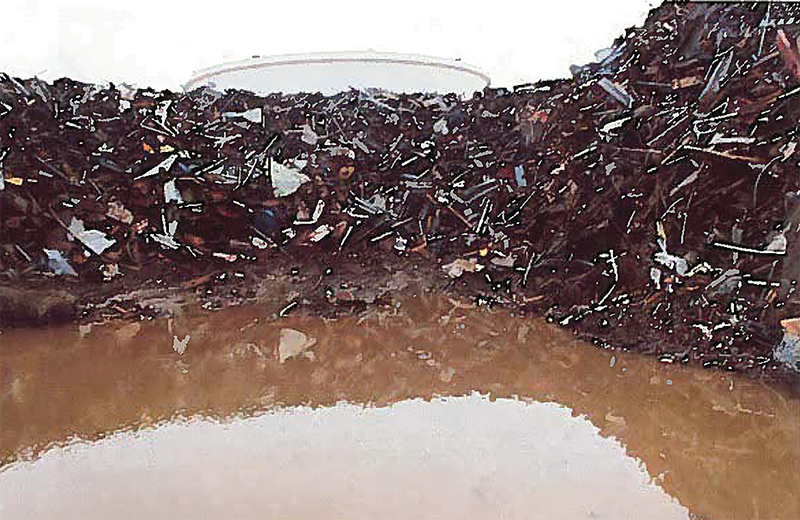Photo above: Some of the women’s caucus of the Maryland General Assembly.
By Barry Rascovar
For MarylandReporter.com
In a primary election wrap-up message e-mailed to his supporters, former state Sen. Art Helton of Harford County listed reasons why he lost his latest effort to re-gain his seat in the General Assembly.
Poor turnout, especially among African American voters, he wrote, hurt him in his race against fellow Democrat Mary-Dulany James. (The Senate seat is now held by Republican Nancy Jacobs, who is retiring.)
The results: James, 4,705 votes (61 percent); Helton, 2,997 votes (39 percent).
The other reason Helton gave for his loss: the dominance of female candidates in Democratic primaries.
He listed 10 female Harford Democrats who were victorious in the June 24 primary.
“[N]ot one woman lost unless challenged by another woman,” he wrote.
“The percentage of women voting in the Democratic [p]rimary was 63.4%. You can view the results and draw your own conclusions.”
Making a difference
Women indeed are becoming a pivotal force in local and state elections in Maryland. They are more likely to go to the polls than men. Given the right candidate, it can make a difference.
Baltimore City ousted its incumbent state’s attorney and replaced him with a woman.
After November, three of the four citywide elected offices in Baltimore will be held by women, all of them African American.
Also after the general election, four of the city’s six state senators will be women.
Women in the Senate
Half of Montgomery County’s eight state senators will be female, too.
As many as six new women could take seats in the Maryland Senate in January – Gail Bates of Howard County, Susan Lee and Cheryl Kagan of Montgomery County, Addie Eckardt from the Eastern Shore, Shirley Nathan-Pulliam from a joint Baltimore city-county district, and James from Harford County.
They aren’t neophyte politicians, either.
Combined, they have served 88 years in the General Assembly. They will enter the Senate as highly seasoned lawmakers.
Bates and Lee are concluding their third four-year terms in the House, James is finishing her fourth term. Eckardt and Nathan-Pulliam are 20-year legislative veterans. Kagan previously served two terms in the House of Delegates.
Yet the “women are dominating Maryland politics” theme shouldn’t be oversold.
Only 11 of 47 state senators today are women. After the November election, the number may rise a tad in the state Senate to 13.
Many Maryland counties have few women in elective offices.
Overall, the fair sex remains under-represented as elected officials, but not as voters.
* * * * * *
Turnout in Maryland’s primary election was, as predicted, abysmal.
 It proved an embarrassment to the leaders in Annapolis who devised the early June 24 primary schedule.
It proved an embarrassment to the leaders in Annapolis who devised the early June 24 primary schedule.
Only 20.7 percent of the state’s nearly 3.4 million registered voters cast an early, absentee or election-day ballot: 561,030 registered Marylanders voted; 2,831,570 didn’t.
Turnout proved truly terrible in the Washington suburbs – 18 percent in Prince George’s County, despite the fact the leading Democratic candidate for governor came from P.G.
In neighboring Montgomery County, total turnout was just 16 percent, even though two of the three Democratic gubernatorial hopefuls were local residents.
Best turnouts
Baltimore County led the list of large jurisdictions with a turnout of just under 25 percent – still a terrible showing in a representative democracy.
The best results came from small, rural counties, such as Kent County (30.6 percent) and Garrett County (26.6 percent).
The highest vote totals came from Montgomery (84,100) and Baltimore County (82,900), followed by Prince George’s (69,800), Baltimore City (54,600) and Anne Arundel County (50,500).
Democrats far out-voted Republicans in the larger jurisdictions – a hint of what will follow in November.
One-sided figures
In Montgomery, 68,179 Democrats voted vs. 12,516 Republicans.
In Prince George’s, 64,982 Democrats cast ballots vs. 4,167 Republicans.
Baltimore County saw 59,980 Democrats vote vs. 22,906 Republicans.
In Baltimore City, the imbalance was far worse: 51,730 Democratic voters vs. 2,894 Republicans.
Howard County, once a toss-up jurisdiction, saw 19,193 Democrats cast ballots, vs. 8,967 Republicans.
The primary vote totals were close in Harford County – 11,795 Democrats vs. 14,935 Republicans.
In Anne Arundel County, voting numbers were almost even – 24,655 Democrats and 25,806 Republicans.
That could lead to a tight race for county executive in the fall between Republican state Del. Steve Schuh and the county’s former sheriff, Democrat George Johnson.
All of Barry Rascovar’s columns can be found at politicalmaryland.com,









Recent Comments